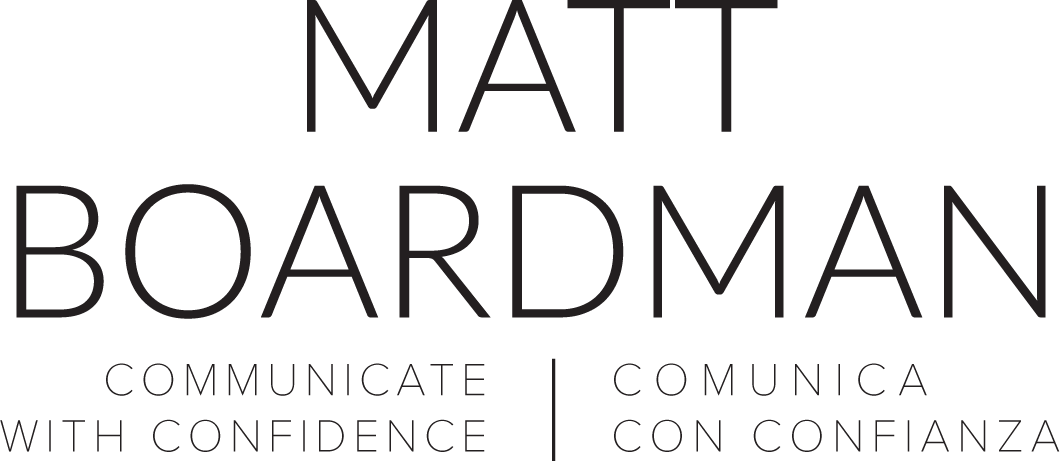Given that no audience enters a presentation with their minds clear from outside concerns, is your responsibility as the presenter to capture their attention. The most effective way to do this is with a “hook”, a handy technique I learnt from my time in Deloitte Consulting.
In the last couple of weeks I had the great pleasure of working with 52 young social entrepreneurs as part of the annual Action x Change programme run by Universal World Colleges (UWC) España. I should start by noting that this hugely intelligent group was the most convincing, walking and talking argument for lowering voting ages that I’ve ever seen. I would also suggest lowering the entry age for astrophysicists, while you’re at it.
As part of what I can only assume was a carefully-planned practical joke, I was drafted in on the same 43°C Madrid day that I both had to move flat and attend my own birthday party, to work with the UWC guys on how to master their presentations. We discussed how, as a social entrepreneur, few things are more important than communicating your ideas to people. And because almost every single human outside of that room (myself included) has an attention span decimated by years of smart phone usage, before you can communicate your idea you need first to capture their attention.
The hook
To use a fishing analogy, consider yourself the fisher trying to attract and capture a trout. For a human audience you will not want to try this by gesturing at them with a pulsating maggot (whether or not maggots pulsate is a matter for another blog post), but by snaring their attention with something we will refer to as your ‘hook’.
Your introductory 10 seconds will need to do like all good fishing hooks: seize their attention, lodge itself firmly (into their mind rather than neck) and cause a minimal loss of blood.
Types of hook
1. Personal
A personal hook will often come in the form of an anecdote or story from your past which illustrates either a central point about your presentation, or how you developed your interest in it. The advantage of this is that by giving your audience some insight into your life you can build rapport with them much more quickly. Bear in mind, however, that while overly personal revelations (for example, about your recent divorce) can be immensely powerful, they can also make your audience uncomfortable. And an uncomfortable audience is rarely a receptive one.
2. Interactive
This type of hook can be extremely effective because it forces the audience to engage with your issue directly. This could be as simple as getting your audience to raise their hands in agreement (“Who here has tried caviar?”) (and by the way, if you raise your hand at the same time as asking, you are far more likely to get your audience to do the same). Or it could be more subtle, simply encouraging them to think about their own experiences: a very effective hook created by one UWC team talking about global warming was to ask the audience to focus on their discomfort in the unseasonably high temperature of that day and imagine it intensified. This technique holds the risk that it will be very obvious if your audience is not responsive to your message.
3. Audio-visual
Think about the last time you went to the cinema and how focused you were on what was in front of you (the film, rather than the popcorn). Being immersed in a film or piece of music is one of the most powerful ways we can shut out our daily concerns and focus on the present moment. This can work just as well for a brief video clip or piece of music at the start of a presentation. Introducing a point about the importance of nature conservation with a clip of David Attenborough narrating a healthy bout of eel-breeding could interest your audience more quickly than voice alone. An obvious but crucial point is that you should check the technology works well before the start of your presentation, unless you think that smiling with gritted teeth and murmuring “Haha, I promise you this isn’t my first time using a Mac” is endearing.
Concluding the presentation
A nice touch is to finish your presentation with a brief link back to your original hook. This not only reminds your audience where you started from, but gives them a cathartic sense of closure, as you have neatly book-ended the presentation and made it feel a complete whole.
So whether you’re speaking to 52 young social entrepreneurs or an annual trout-baiting conference, please take a few seconds to hook your audience’s attention before you launch into your main message. Trust me, it will do the job even better than a pulsating maggot.


